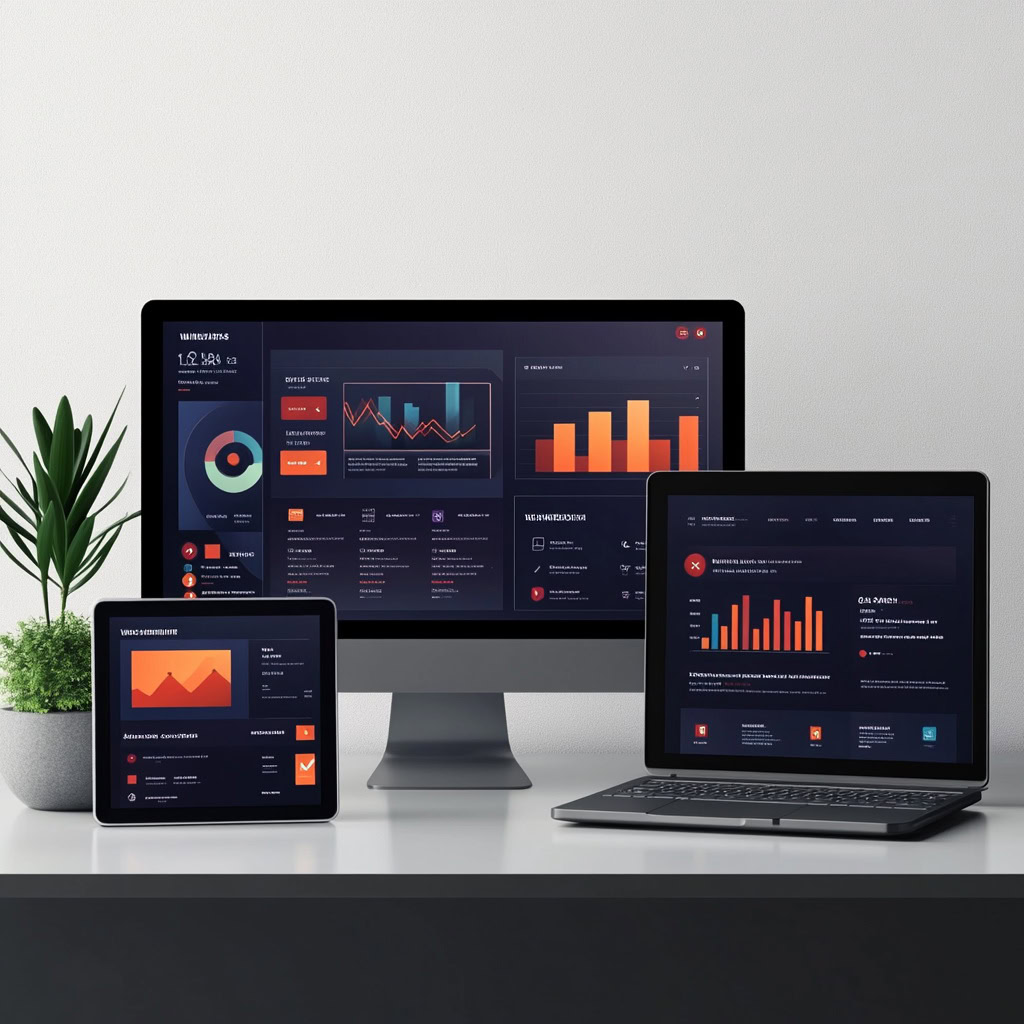Introduction
In today’s rapidly evolving digital landscape, the prominence and influence of social media platforms have made them indispensable tools for businesses seeking to engage with their audiences and drive growth. In Canada, where millions of people actively use platforms like Facebook, Instagram, LinkedIn, and Twitter, the advantages of incorporating social media advertising into your digital marketing strategy cannot be overstated. By leveraging targeted and highly customizable social media ads, Canadian businesses can effectively reach new audiences, increase brand awareness, and foster customer loyalty, ultimately unlocking new levels of online success.
Designing and executing an effective social media advertising campaign requires a deep understanding of your target audience, as well as the nuances of each social media platform. In addition, staying informed of the latest trends, strategies, and best practices is essential to ensure the greatest possible return on investment (ROI).
In this comprehensive blog post, we will guide you through the critical elements of a successful social media advertising campaign for your Canadian business. Join us as we delve into the world of social media advertising, equipping you with the insights, strategies, and best practices needed to create impactful campaigns that resonate with your target audience and drive tangible results. With expertise and support from the JAVALOGIX team, your Canadian business can confidently navigate the complex and ever-changing landscape of social media advertising, positioning your brand for sustained growth and success in the digital age.
Setting Clear Objectives and Success Metrics for Your Landing Pages
Before diving into landing page design and optimization, it’s crucial to establish clear objectives and success metrics. Determine what you want your visitors to do or achieve on the landing page, such as sign up for a newsletter, purchase a product, or request a quote. Your objectives should align with your overall marketing strategy and target audience. Once you’ve set your objectives, define specific and measurable key performance indicators (KPIs) to assess the success of your landing pages, such as conversion rate, bounce rate, or time spent on the page.
Crafting Compelling Headlines and Copy
The power of persuasive and engaging copy in driving conversions cannot be overstated. Here are some best practices for crafting compelling headlines and copy on your landing pages:
1. Write concise and attention-grabbing headlines: A compelling headline should clearly convey the primary benefit of your offer, pique interest, and encourage visitors to read more. Keep it short, specific, and focused on the value proposition.
2. Use persuasive and benefit-driven copy: Focus on addressing the pain points or desires of your target audience while showcasing the unique advantages your product or service offers. Use clear, jargon-free language to avoid confusion.
3. Leverage social proof: Incorporate testimonials, case studies, or reviews to demonstrate how your product or service has benefited other customers. This helps build credibility and trust with your audience.
4. End with a strong call to action (CTA): Make it clear what you want your visitors to do next by using actionable, concise language for your CTA. Ensure that your CTA stands out visually from the rest of the page.
Streamlining the Design and User Experience
An attractive and user-friendly landing page design is essential for capturing and retaining visitor attention. Here are some guidelines for optimizing the design and user experience:
1. Stick to a clean and clutter-free design: A minimalist design ensures that visitors aren’t overwhelmed or distracted by extraneous elements. Keep the focus on your headline, offer, and CTA.
2. Use whitespace strategically: Whitespace helps guide the visitor’s attention to the most crucial elements on the page. It also aids readability and promotes a visually appealing layout.
3. Choose the right colors and fonts: Implement a consistent color scheme that aligns with your branding and promotes visual harmony. Select legible fonts that are easy to read and ensure an optimal font size for readability across devices.
4. Optimise page loading speed: Slow-loading pages can lead to high bounce rates and lost visitors. Compress images, use optimized scripts, and leverage caching to ensure a fast-loading experience for all visitors.
Implementing Trust Signals and Social Proof
Building trust with your visitors is integral to the success of your landing pages. Here are some examples of trust signals and social proof you can incorporate:
1. Testimonials and reviews: Showcase genuine, positive feedback from satisfied customers. These can take the form of written testimonials, star ratings, or even video reviews.
2. Trust badges and seals: Display trust badges from reputable sources (e.g., Better Business Bureau, SSL security, or industry-specific accreditation) to signal that your business adheres to relevant standards and practices.
3. Case studies or success stories: Highlight the real-life impact of your product or service through in-depth case studies or success stories that demonstrate tangible results or outcomes.
4. Media mentions or endorsements: Feature any publicity or endorsements you’ve received from reputable publications, influencers, or industry experts to add credibility.
A/B and Multivariate Testing for Data-Driven Optimisation
Constant testing and optimization are key to maximizing the performance of your landing pages. Here are some guidelines for effective A/B and multivariate testing:
1. Test one variable at a time: In A/B testing, change only one element (e.g., headline, CTA, or image) per test, so you can accurately determine which version yields better results.
2. Use multivariate testing for complex optimizations: If you need to test multiple elements and their interactions, use multivariate testing to analyze the combined effects and identify the most effective variations.
3. Ensure statistical significance: Test your landing pages with a large enough sample size and sufficient duration to achieve meaningful results and minimize the risk of skewed data.
4. Continuously optimize: Regularly analyze test results, implement improvements, and iterate to ensure your landing pages keep evolving and improving over time.
Conclusion
By focusing on clear objectives, engaging copy, streamlined design, trust signals, and continuous testing, you can optimize your landing pages and significantly drive conversions for your Canadian business.
Contact JAVALOGIX for our social media marketing services in Ottawa. With our help, you can confidently develop, implement, and refine high-performing landing pages that align with your overall digital marketing strategy, captivate your target audience, and contribute to your business’s success in the online marketplace.





